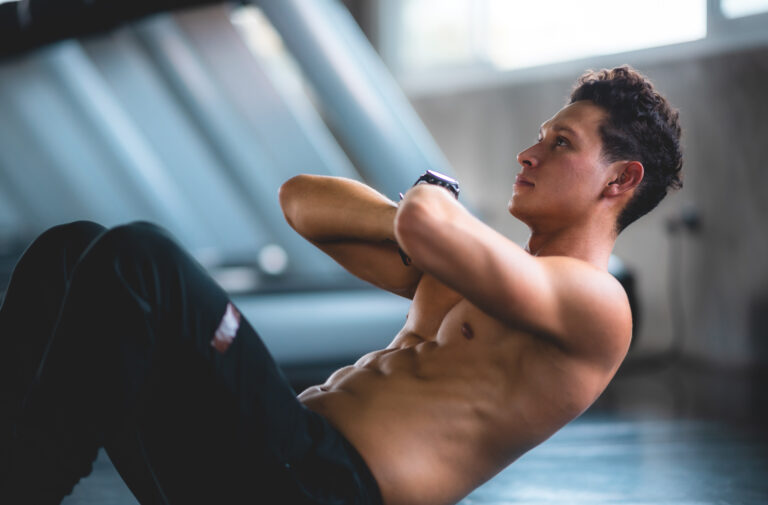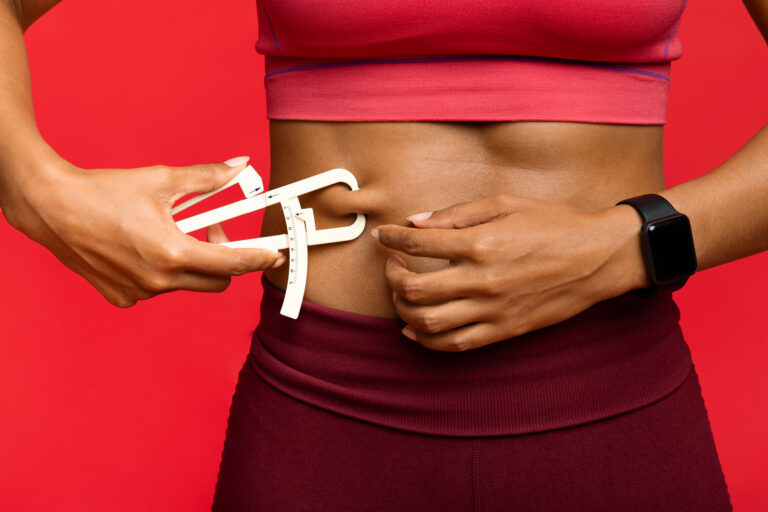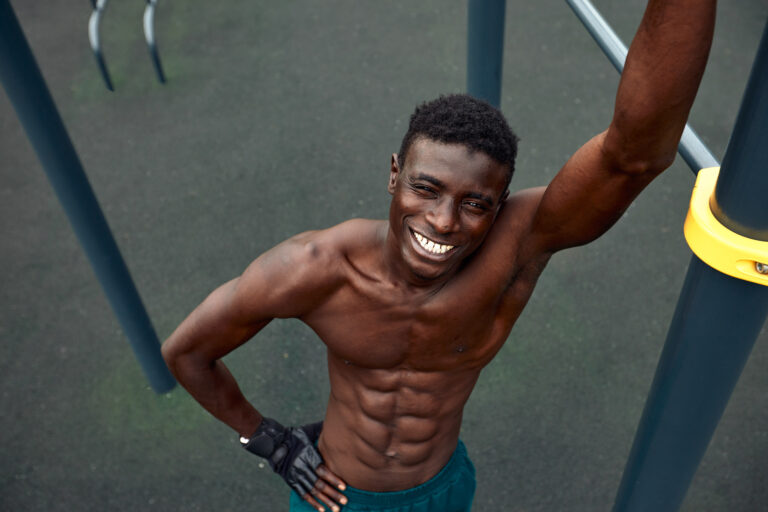Welcome to a journey of discovery where we delve into the intriguing world of fitness and anatomy. Today, we’re exploring an intriguing question that often sparks curiosity: “Are female abs different than male abs?” This question is not just about aesthetics but also about understanding our bodies and how they function optimally.
The human body, a marvel of nature, is a canvas of similarities and differences across genders. When it comes to abdominal muscles, the core structure remains consistent in both men and women. The rectus abdominis, transverse abdominis, and the internal and external obliques are present in everyone, playing crucial roles in movement and stability.
However, the difference lies not in the muscles themselves but in how they manifest in each gender. For instance, men generally have a lower percentage of body fat, allowing their abdominal muscles to appear more prominently. This visibility often leads to the misconception that men naturally have stronger or more defined abs.
In contrast, women naturally carry a higher percentage of body fat, partly for reproductive reasons. This higher fat percentage means that even with strong abdominal muscles, women might not always display the pronounced ‘six-pack’ often associated with abdominal strength. It’s a natural physiological difference that highlights the uniqueness of the female body, not a lack of fitness or strength.
Another key factor is the impact of hormones on muscle development and fat distribution. Testosterone, more abundant in men, facilitates muscle growth, including in the abdominal region. Women, with higher levels of estrogen, tend to store fat differently, often around the hips and thighs, and less so in the abdominal area.
Pregnancy is another aspect unique to female physiology that affects abdominal muscles. The remarkable ability of a woman’s body to accommodate a growing fetus involves the stretching and sometimes separation of the abdominal muscles (diastasis recti). This natural process can temporarily change the appearance and function of the abs, but with appropriate exercises and recovery time, the muscles can regain their strength and form.
It’s also worth noting that everyone’s body responds differently to exercise and nutrition, influenced by genetics, lifestyle, and overall health. So, while the basic anatomy of abs remains consistent, their appearance and strength will vary widely among individuals, regardless of gender.
While the fundamental anatomy of male and female abs is identical, the differences in hormonal profiles, body fat distribution, and aspects like pregnancy contribute to their distinct appearances and characteristics. It’s essential to understand and appreciate these differences, not as limitations, but as natural variations that make each person’s fitness journey unique.
Whether you’re aiming to strengthen your core, achieve a certain aesthetic, or simply understand your body better, remember that fitness is a personal journey. What matters most is how you feel in your skin and how effectively your body supports your daily life and activities. Let’s celebrate the diversity of our bodies and continue to push the boundaries of what we can achieve, regardless of gender.









